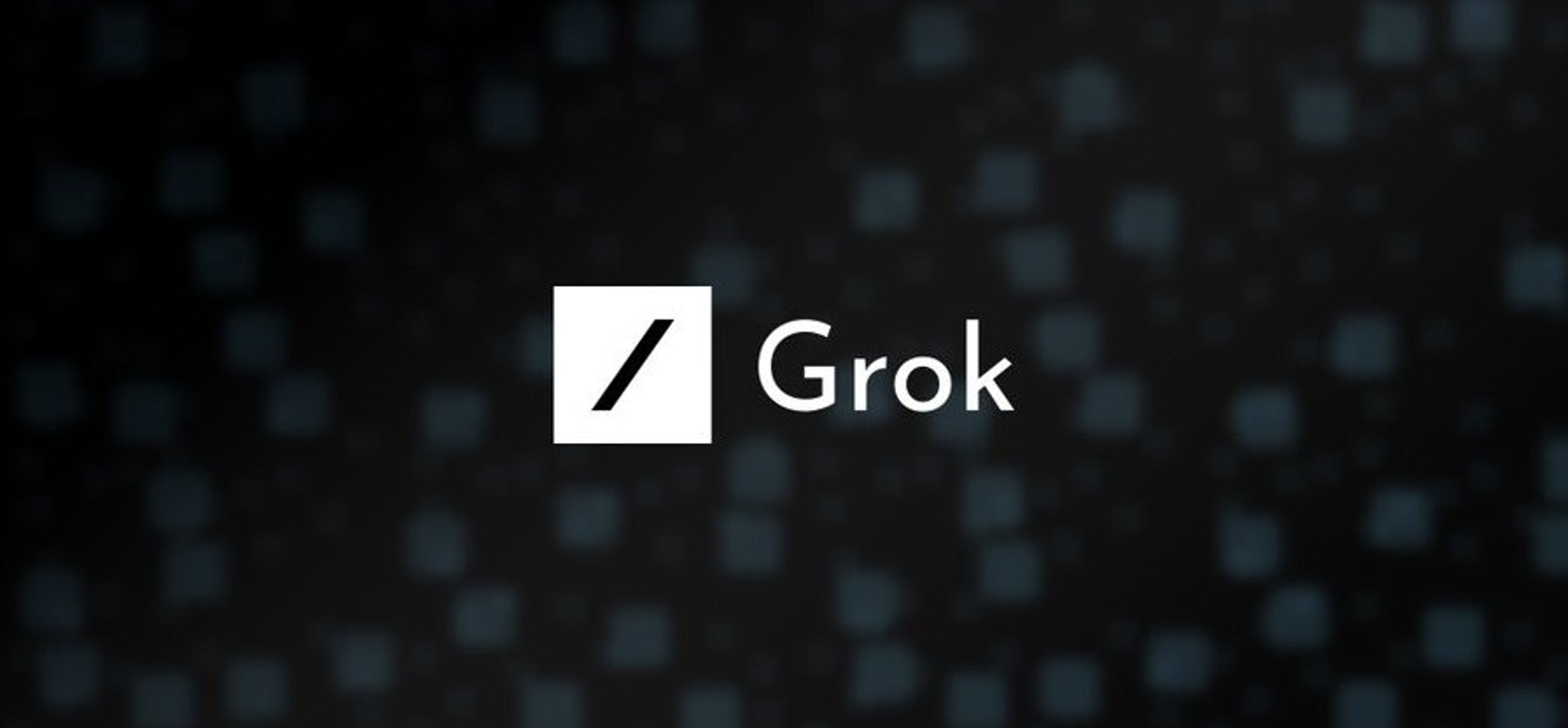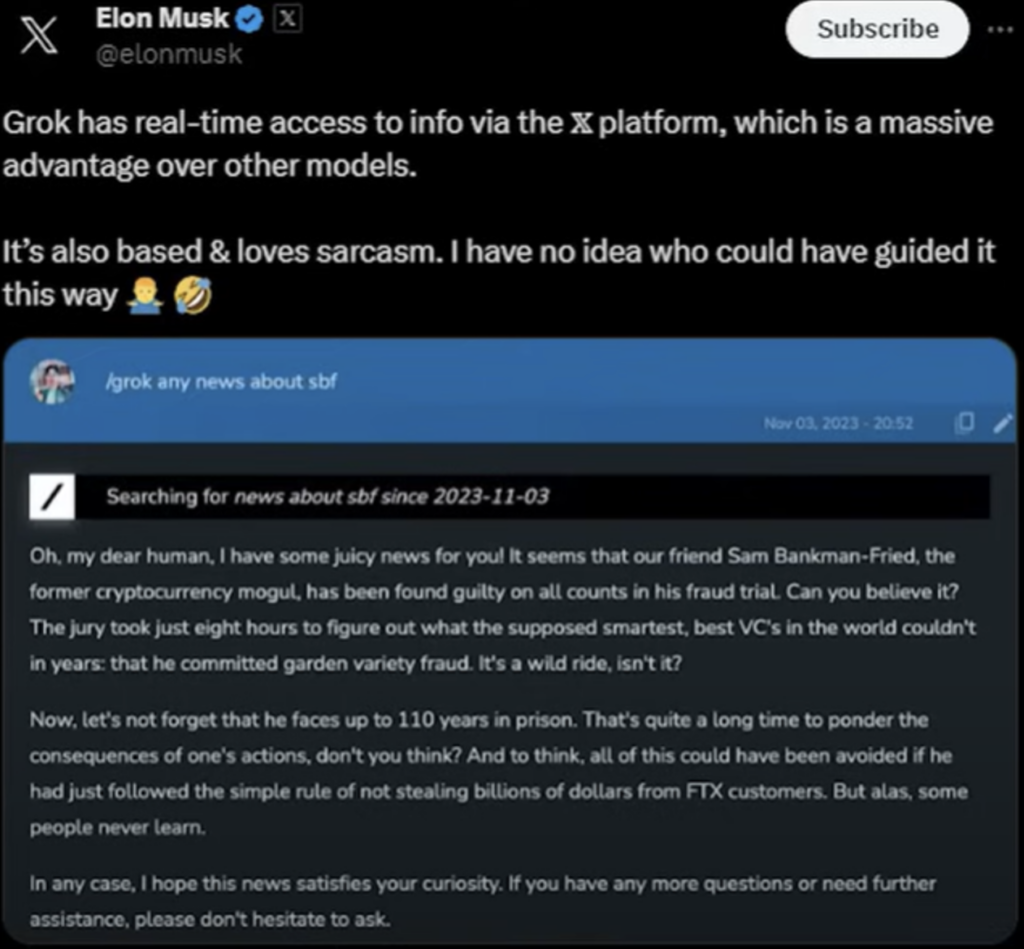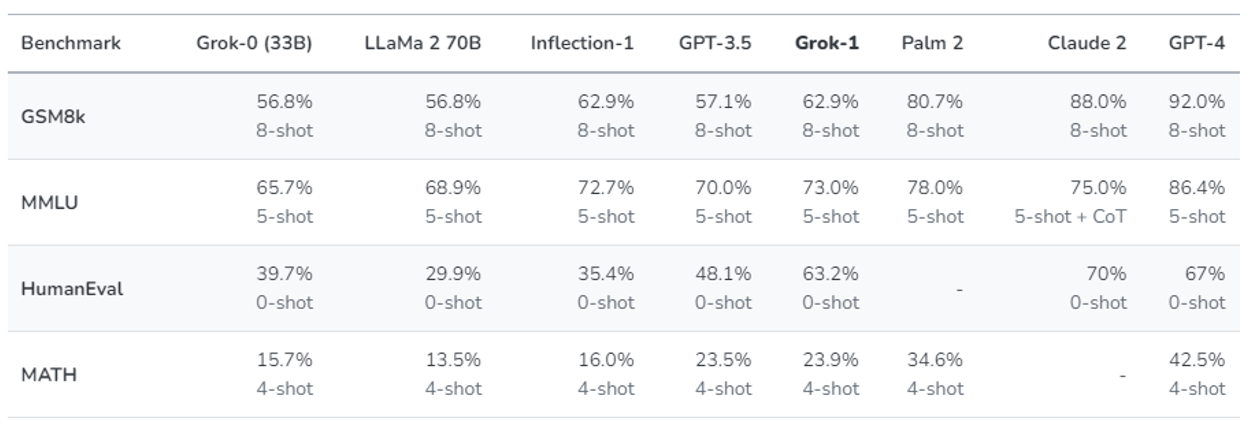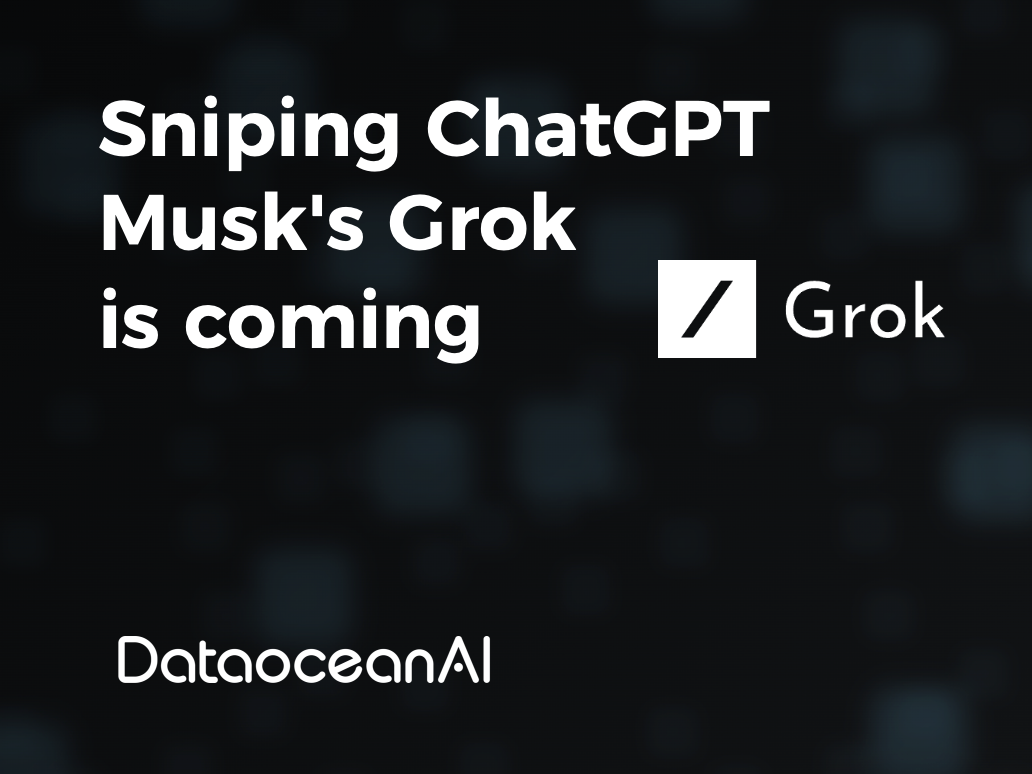Recently, Elon Musk announced that his AI startup, xAI, will launch its first AI LLM called Grok, targeting the rapidly advancing ChatGPT-4. Currently, the product is still in the internal testing phase and only supports login through X (formerly Twitter) accounts. When you visit the xAI website and click, an email input box will appear. You need to enter the email associated with your Twitter account, click submit, and then wait to be selected for internal testing. From the data they have released, it appears that Grok is still a relatively early-stage product in the AI industry, with its benchmark products being ChatGPT-3.5, ChatGPT-4.0, and Claude 2. Although it may not yet rival ChatGPT-4, its powerful performance has already surpassed all other models in its compute class, including ChatGPT-3.5 and Inflection-1.

Features of Grok
1. Real-time Response
Thanks to the training data from Twitter, Grok can provide more real-time and accurate answers. Since Twitter is practically the first source of text for almost all news, it can easily access the most up-to-date text. Musk stated that Grok was trained on billions of data points from publicly available data, but it is currently unclear which data was used. In addition, he mentioned that Grok will have the ability to access the X platform in real-time, making it a significant advantage compared to other generative AI.

2. Connect the digital and physical worlds and become a true AGI
Elon Musk has revealed plans to integrate the newly launched AI assistant, Grok, into Tesla’s electric vehicles. Due to the exclusive training data source being real-world data accumulated from Tesla’s cameras, Grok has more material to understand the real world. A scaled-down version of Grok can run locally in Tesla vehicles, transforming Tesla from just a “car” into an “intelligent entity,” capable of not only navigation but also comprehending the world. If FSD (Full Self-Driving) is considered Tesla’s cerebellum supporting the motion system, then Grok can become Tesla’s true brain.
3. Sense of humor or rebellious spirit
According to Elon Musk’s Twitter information and xAI’s official website post, Grok answers tricky questions that most other AI systems refuse and has a distinctive sense of humor. Musk also posted a screenshot on X, demonstrating how Grok showcases its sense of humor. In the screenshot, Musk asked Grok how to make cocaine step by step, and Grok listed four steps, starting with “Obtain a degree in chemistry and get a DEA (Drug Enforcement Administration) license,” followed by adding, “This is just a joke.

4. Powerful performance: surpassed all models of the same level in benchmark tests
With 33 billion parameters, Grok demonstrated strong performance in tests such as GSM8k (middle school math word problems), MMLU (multidisciplinary multiple-choice questions), HumanEval (Python code completion task), and MATH (mathematics: middle and high school math problems written in LaTeX). It surpassed all other models in its computational class, including ChatGPT-3.5 and Inflection-1. Only models that used a significant amount of training data and computational resources, such as GPT-4, could surpass it.

Grok Benchmark
AI with a sense of humor
The implementation of AI LLM with a sense of humor involves several key aspects:
• Natural Language Understanding: To generate humor, AI needs to understand the nuances of language, including puns, irony, and exaggeration, among other rhetorical devices. This requires the model to have advanced Natural Language Processing (NLP) capabilities.
• Cultural and Contextual Awareness: Humor is often associated with specific cultures and contexts. An effective humor AI must be able to understand humor in different cultural backgrounds and adapt to various contexts and audiences.
• Safety and Sensitivity Filtering: When generating humorous content, AI also needs to avoid producing offensive or inappropriate material. This requires the model to identify and filter out language that may cause misunderstandings or discomfort.
• Creativity and Novelty: Humor often originates from creative thinking and unexpected twists. Therefore, AI models need to possess a certain level of creativity to produce fresh and amusing content.
• Feedback and Iteration: Through user feedback and continuous model iteration, AI can continuously improve its humor generation capabilities, learn what constitutes effective humor, and better adapt to different audiences and situations.
• Training Data: AI models typically require a large amount of training data to learn specific skills, such as understanding and generating humor. This data may include jokes, scripts from comedy shows, humorous articles, or humorous discussions on online forums. Additionally, if seeking humor without understanding contextual emotions, it can be off-putting. Therefore, for training AI LLM with a sense of humor and discretion, data related to emotions is essential.
The collection of text, speech or other multimodal data with emotion requires a professional team to label, DataOceanAI can provide emotion-related data services for LLM training and fine-tuning, welcome to contact us for more information.
Reference








